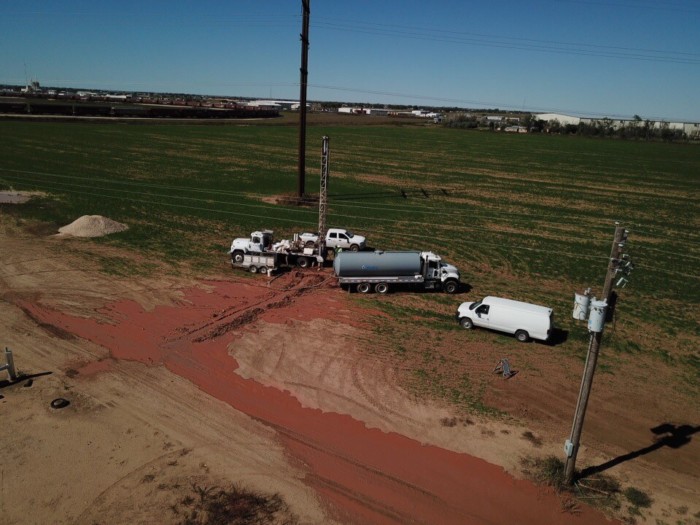As effective tools for collecting data, improving safety, and increasing efficiency, drones have been increasingly used in the real estate, insurance, and retail applications (with giants like Amazon and Walmart competing to be the first to roll out air deliveries). Earlier this year, ASTM International published F3411-10 (Standard Specification for Remote ID and Tracking) to meet the need for a standardized identification and tracking system for the unmanned aircraft systems.
Pandemic-fueled trends
The commercial use of drones has expanded due to the Covid-19 pandemic, and has fundamentally changed the way business is being conducted, particularly in the due diligence process in large corporate mergers & acquisitions (M&A) and increasingly in smaller scale commercial real estate transactions. “Drones have been used to conduct virtual tours of everything from shipping ports and railroads to chemical factories, warehouses and big-box retail locations,” says CNBC, with more than 95% of Goldman Sachs’ transactions being conducted via drones since the start of the pandemic. Given CDC health recommendations, resourcing constraints, limited facility access, and travel restrictions, the technologies have served as a bridge between groups.
Facilitating asset valuation for successful business transactions
Modern drones carry advanced sensors for capturing high definition images, video, and even producing 3D models of buildings and site topography. The implementation of drone use in the M&A space can reduce the number of personnel needed for in-person visits, and in some cases, be superior to in-person visits. Detailed inspection of buildings, facilities, equipment, and other on-site assets is made easy and safe with drones, even in difficult to reach places. These images and models can give buyers a clearer understanding of asset value, facilitate greater process efficiency for both parties, and expedite negotiations.
Influence on real estate industry
The commercial drone market will influence change in a variety of other industries: energy, agriculture, construction, and mining to name a few. The real estate industry is the second-highest user of drone technology, with aerial data aiding in site reconnaissance, higher rates of conversions, and redevelopment projects for smaller scale transactions (with real-time data, visuals, and interaction). Drones may be particularly useful in evaluating larger undeveloped tracts where ground access is limited or inefficient, and where an aerial overview can illuminate conditions not as visible from ground level. Along with the industry’s increasing use of 360-degree cameras and live video, drone technologies have become more widely used as most negotiations have become virtual.
Limitations to the non-human?
While the adaptation of drone-related technologies becomes progressively normalized across industries, they are not appropriate in all cases. Drones cannot replace the relationship building and engagement with stakeholders that happens in-person. Also, regulations regarding drone flights and property inspections may necessitate a traditional site visit.
Strict FAA regulations limit drone flights in a variety of areas, prohibit flights over people, roads, and other hazards, and require that an FAA-certified pilot is within visual sight of the drone at all times. Consultation with an experienced drone operator is critical to ensure that a drone flight can be conducted safely and legally at a site.
Although drones may eventually prove to be valuable in conducting environmental site assessments, the well-established requirements for property inspections necessitate experienced environmental professionals to have boots on the ground and eyes wide open. The site visit is a core requirement of the ASTM E 1527-13 standard and attempting to satisfy this component using drones may not be accepted by third-party insurers and lenders or be sufficient as a defense to Comprehensive Environmental Response, Compensation and Liability Act (CERCLA) liability long-term.
If you would like more information on drone use for AEC applications, please use the form to the right to contact us.

